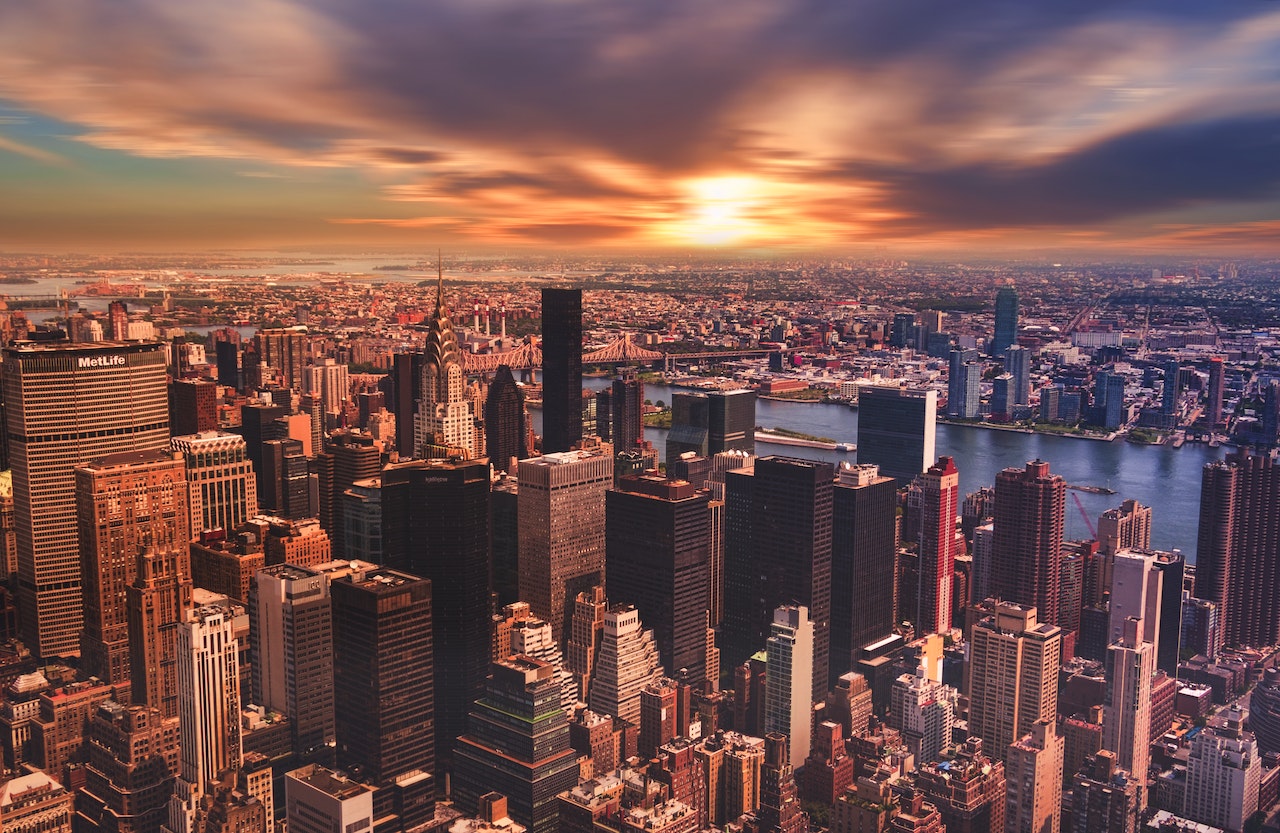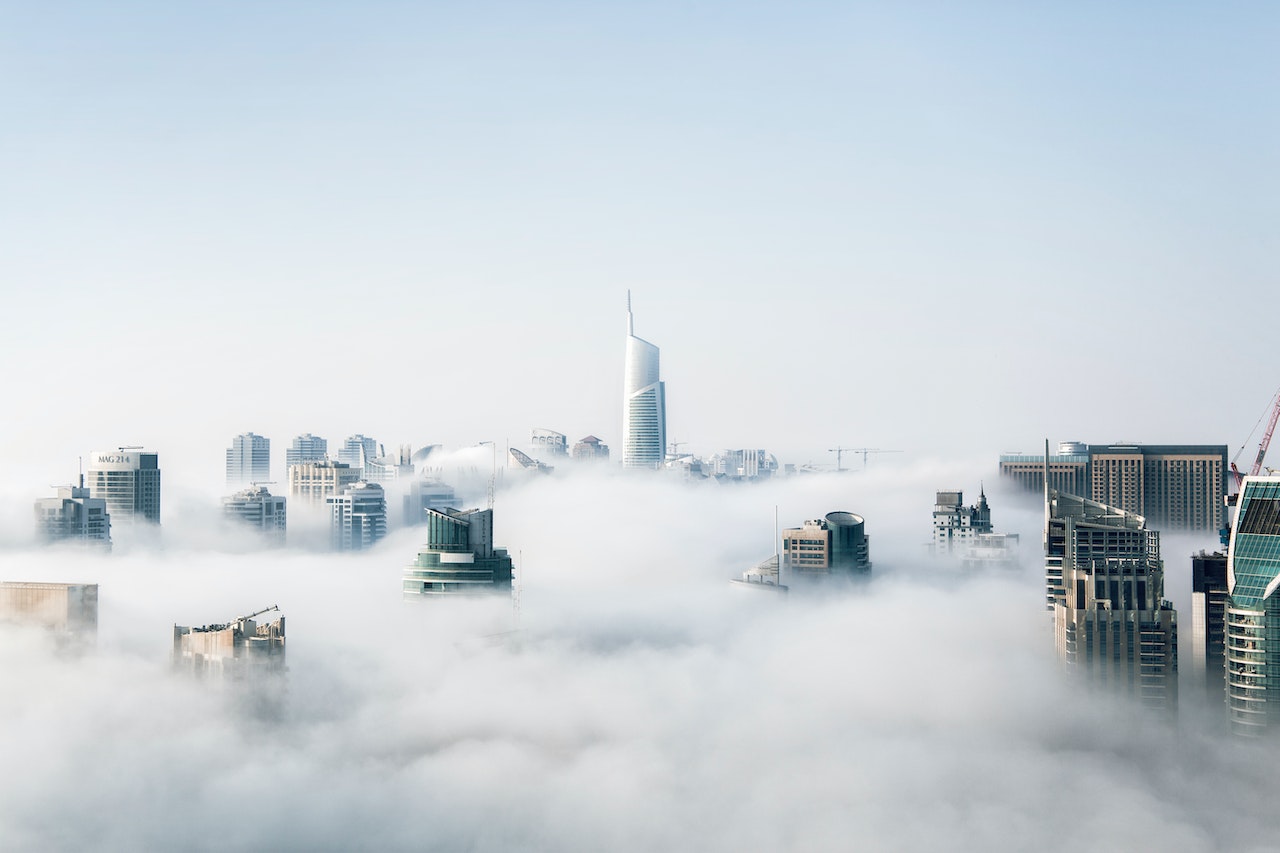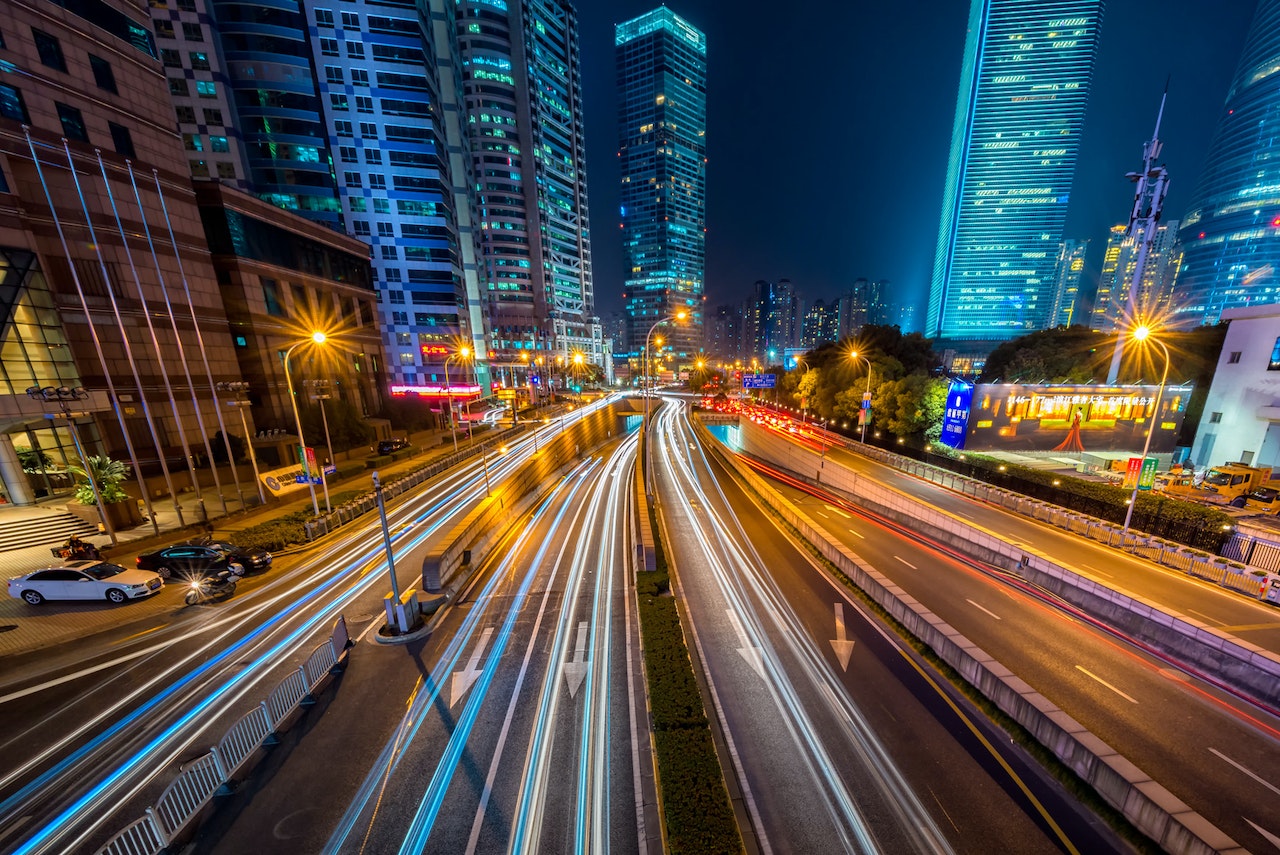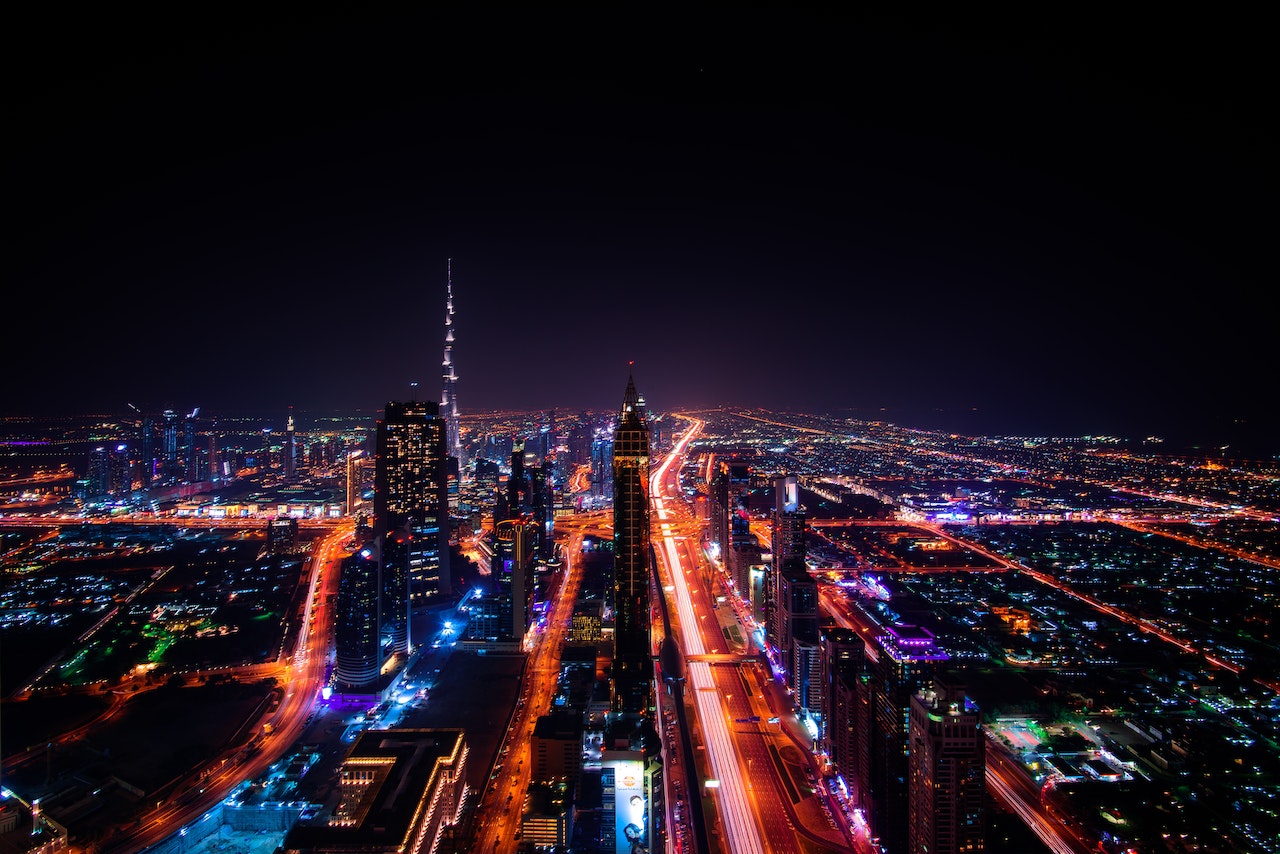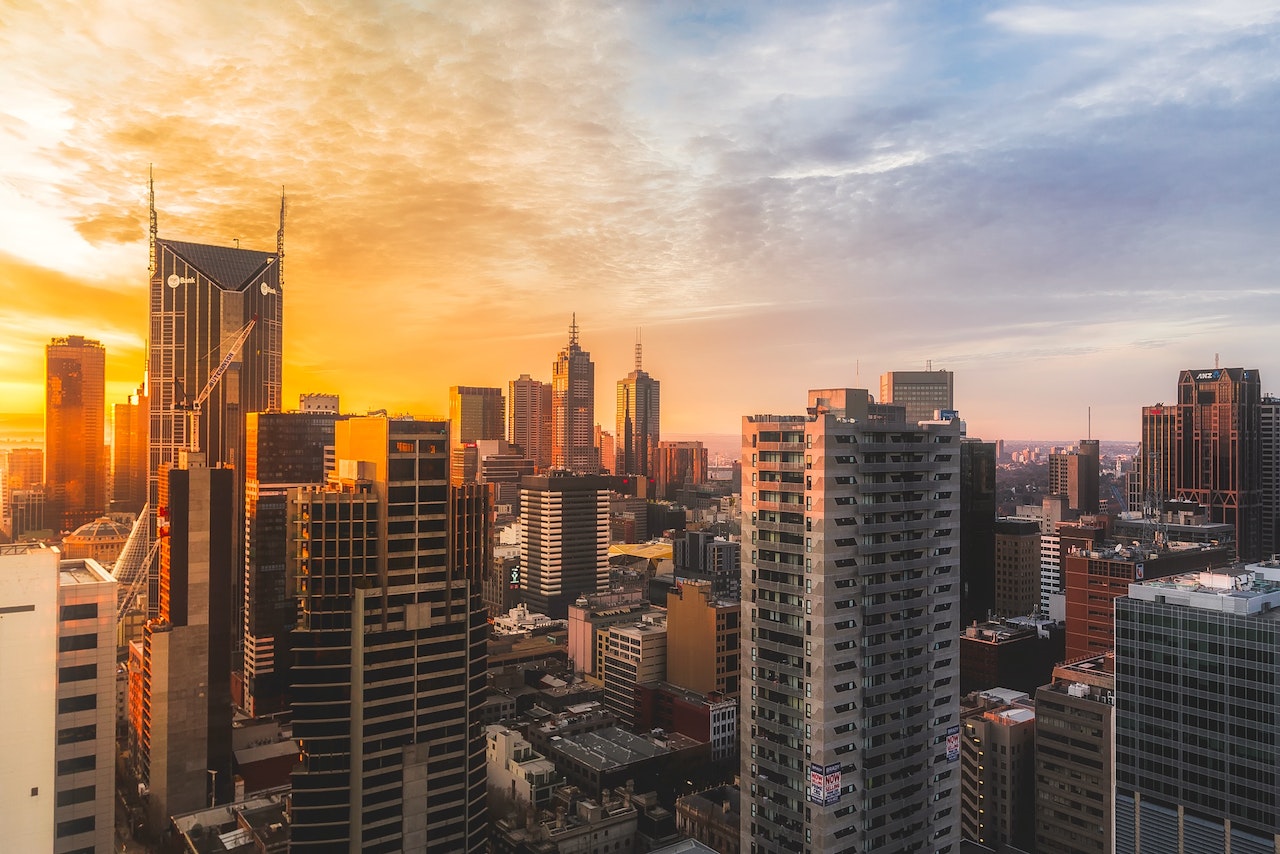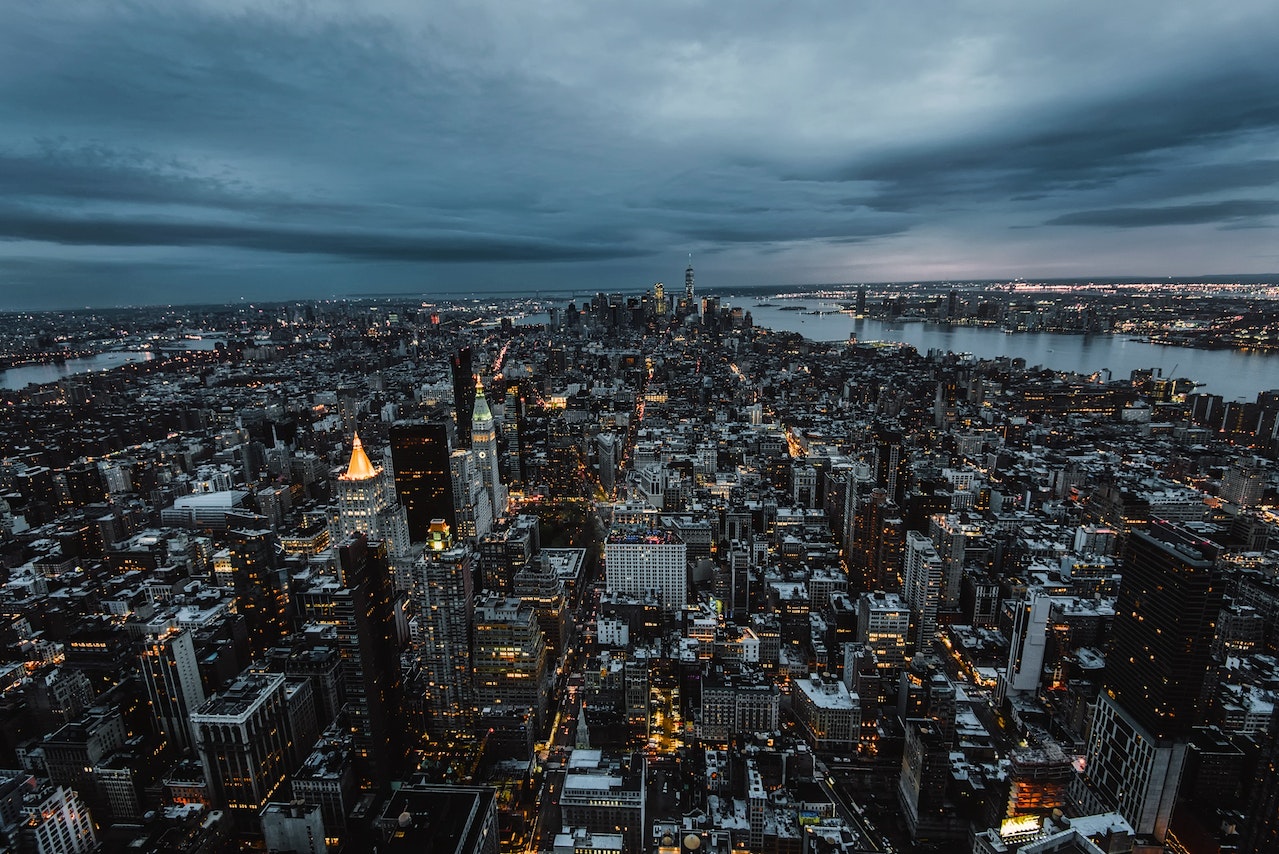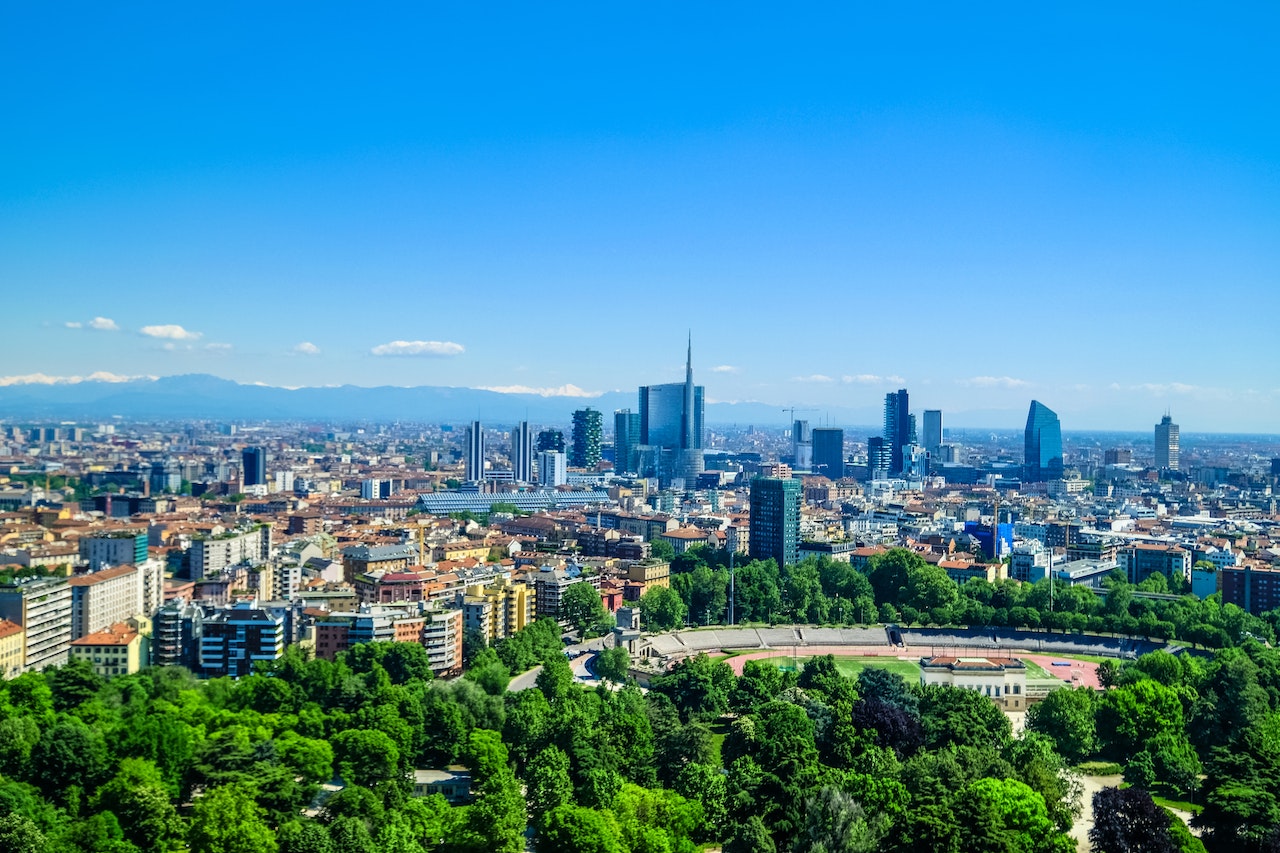Kearney Global Cities Ranking
In a period where the world has had to contend with the effects of the Covid-19 pandemic, its impact has been particularly severe in the largest urban centers. The global cities ranking published annually by strategy and business consultant, A.T. Kearney, looks at the challenges and priorities major cities have to navigate going into 2021.
The crisis has fueled a number of issues, from growing fiscal pressure and economic inequality to the effects of increasing deglobalization and environmental disruption.
This ranking analyzes where cities stood before 2019 and their prospects for the future. It also reveals an increasing competition for global recognition in very uncertain times.
Although London remained at the top of the list for the sixth consecutive year, the chart rankings of most cities have slightly changed. For many growing cities, long-term investments in governance and the economy have begun to pay off. This especially applies to Chinese and Middle Eastern cities that have quickly gained ground on their North American and European counterparts.
Urban Post Covid Prosperity
The study shows that cities need to invest more in these three main areas to change their fortunes in the current crisis:
Value creation: To remain relevant and competitive in a post-pandemic world, metropolis leaders will have to deepen their focus on creating public value, centered on the common good that encompasses all sectors and aspects of society.
Connectivity: The global flows of goods, ideas, and people have been badly hit by various travel restrictions. To sustain these vital flows in an increasingly challenging environment, city leaders must pull out all the stops to ensure that this flow is maintained.
Rethinking and reshaping the urban environment: Global cities are tasked with combating many physical space challenges that have been introduced by the pandemic. From addressing social distancing to eliminating environmental inequalities more visible in poorer neighborhoods. This is related to poor health in low-income areas. The primary goal should be to rethink urban planning to make the living space more resilient, sustainable, and integrated.
What is a Global City?
To define a global city, Kearney uses the Global Cities Index (GCI) and Global Cities Outlook (GCO). Based on data captured largely before the virus struck, the two metrics provide a complete analysis of cities’ positions and prospects.
The GCI assesses how globally engaged cities compete across five dimensions:
- Business activity
- Human capital
- Information exchange
- Experience
- Political engagement
- The number of unicorn companies (privately held start-up companies valued at more than $1 billion)
- The number of medical universities as a measure of how globally connected its healthcare system is
The GCO, on the other hand, examines those creating the conditions for future status as major global players. This analysis covers four dimensions which are key determinants of a city’s ability to attract talented human capital, generate economic growth, increase competitiveness, and ensure stability and security, respectively:
- Personal well-being
- Economics
- Innovation
- Governance

